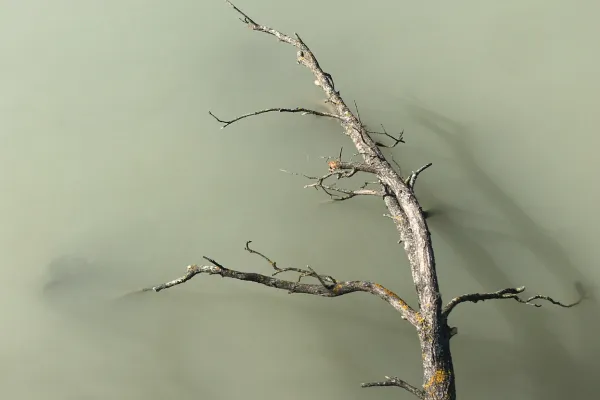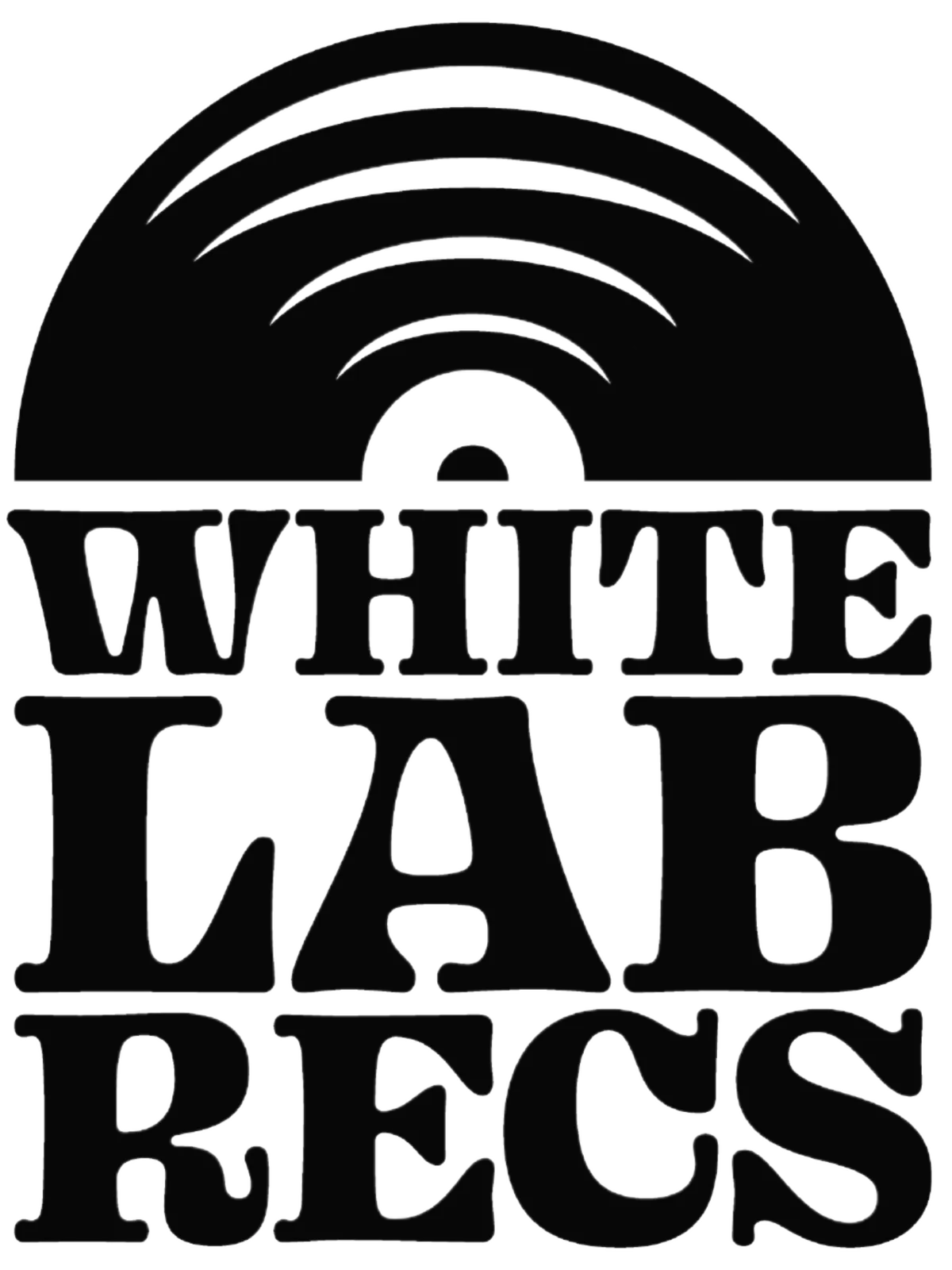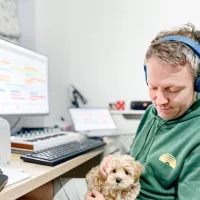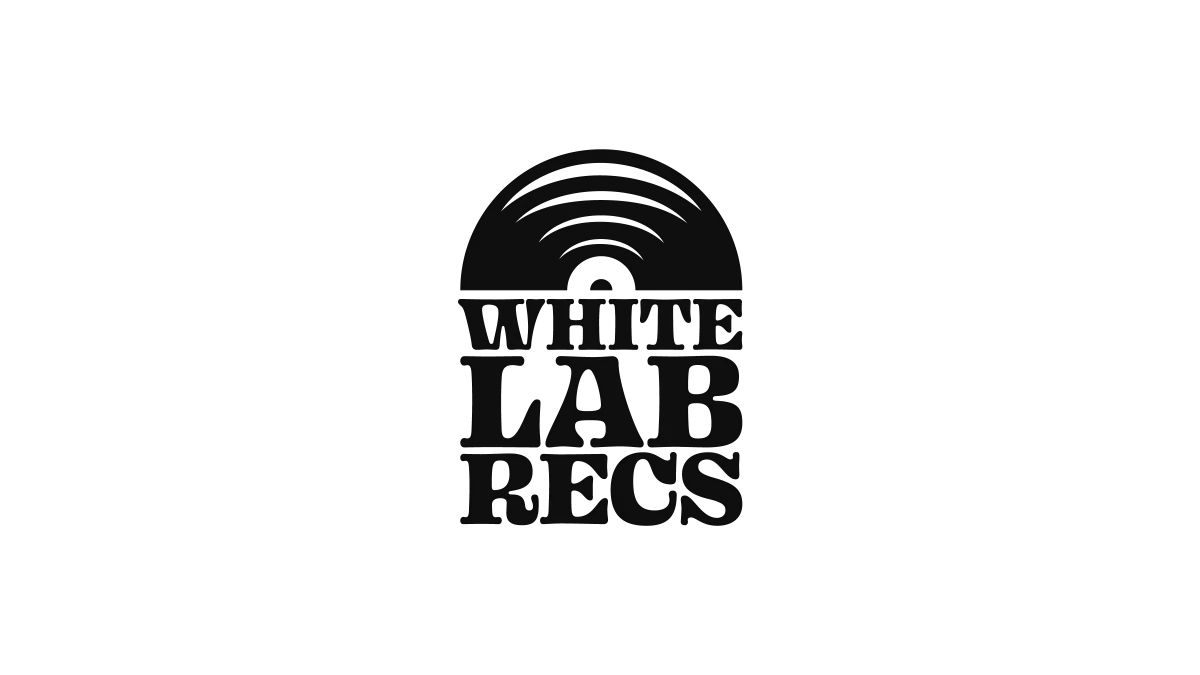Whitelabrecs Blog

Album Walkthrough with Andy Cartwright
This week I'm pleased to share some incredible photos and insight into his new album from Andy Cartwright. 'Yonder' was released a couple of weeks back and as an album, it's just crammed full of tiny fragments of finely-tuned sonic detail. There's so much to it that it would be lazy to call it minimal and this was a bit of a theme to the discussion in the listening party. Andy shared some really interesting information that night and we agreed, that this might make interesting reading in a blog post...
I loved Andy's demo as soon as I heard it but what really gripped me was the aesthetic which is carried in the visuals. He shot lots of photos and videos at a lake in France, close to where he lives. As you can see from the photos in this post, it is a simply stunning environment and this carries through into the album and its packaging. I've talked about this quite a bit in the past, but for me the greatest joy in releasing music is when it has a strong thread that runs through it. The music means something or conveys something. And here is a great example - read on below to see what Andy has to say and if you've not yet heard it, there's a link at the end.
HT: The photos accompanying this blog post are from a lake in France near to where you live. What is the lake called and how has its environment influenced you and your new album?
AC: It's one of a few lakes locally where we swim throughout the summer and walk around in winter. It's called Lac Du Riou. It takes me a while for the theme of an album to reveal itself, then if I recall correctly, I had already formed a few basic drone tracks when I took the cover photo at the lake along with some water themed field recordings. That's when I began integrating lake recordings with what I already had.
HT: Your work often incorporates field recordings and intricate sound design. Can you describe some of the specific sounds or recordings that made their way into Yonder and how they shaped the album’s atmosphere?
AC: It's a beautiful region and the weather can be very dramatic compared to what I'm used to in the UK. So I'm always capturing visuals and audio whenever I'm out in nature, mountain trekking or at the lake. I was finding a wider variety of field recordings at the lake one time with waves, wind, reeds, skimming stones etc. Blending these 'real' sounds with electronic offered an organic and a warmer submersion to the tracks, as well as a decent balance of lo-fi and hi-fi sounds in the mix.
HT: This album along with its predecessor 'Below The Noise' is a departure from your more acoustic-leaning work as Seabuckthorn. What led you to make this shift, and how did it change your creative process?
AC: I find it refreshing and necessary to switch things up in my creative process. Finishing a Seabuckthorn album can take its toll, urging me to step away from composing on real instruments, it's then I normally gravitate towards 'computer' music. My approach is random, throwing elements of VST synths, field recordings and instruments together, then seeing what sticks. It gets messy but trusting the process with time brings some arrangements into view.
HT: At the listening party you mentioned using granular synthesis and over-processed audio forms when creating Yonder. Can you walk us through your workflow for transforming acoustic elements into these soundscapes?
AC: I love using granular synthesis software programs to chew up a sound and transform it into something entirely. Pulling it apart and filling the sonic holes with other layers. I often repeat the processing of a sound many times. This is what I was referring to with over-processing. In the mix I tend to side-chain and add different room reverbs to lend space between multitracks.
In Yonder, I usually began with a synth or a piano (originally there was a lot more piano in the album which was eventually cut out), then I would incorporate the outdoor, other worldly noises, also processed a similar way to the synths/instruments. I'm a bit embarrassed to admit that my iPhone was the source to capture the field recordings. It gave a lo-fi quality and had an old case that always creaked in my hand as I was recording, these noises are evident throughout the album. But I like letting unintended sounds find their way into a track, whether it's the sound of my breath, slurping coffee or an undecipherable voice in the background.
HT: You describe Yonder as a product of 'unhurried experimentation.' How do you balance spontaneity with structure when working on a project like this?
AC: For whatever reason, my productivity does seem to be slowing down, meaning albums take a lot of time to complete. Both in my acoustic and electronic work there is a great deal of trial and error, even more so these days since I've been leaning away from traditional composition and into the experimental. So now I realise that hurrying or stressing over finishing songs doesn't help me across the line. In regards to having a balance, it's rare for a song to come together the first time of asking. Being loose and fluid when laying ideas together, in a kind of sound collage, was the best way to progress a song.
'Yonder' is available in a limited edition run of gatefold vinyl-effect CDrs as well as a digital option in a range of high quality format options. You can take a listen to the album in full or buy a copy HERE!
join the community...
get a free 12 track compilation album
be the first to hear the label news
get behind the scenes exclusives
a chance to get involved



